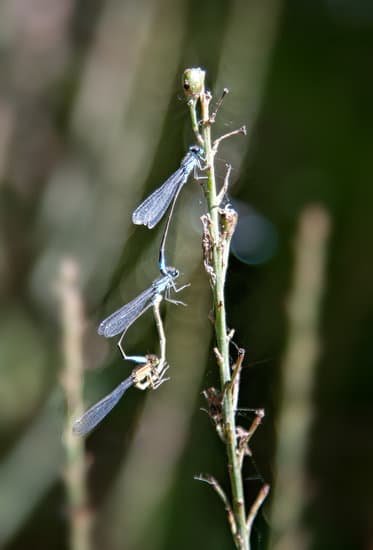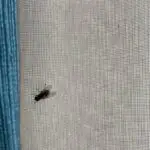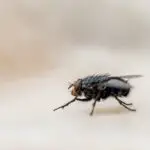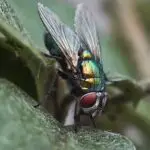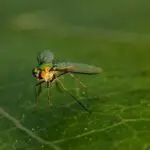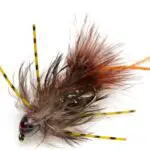Where Does Flies Sleep?
If you’re constantly swatting at flies and you can’t sleep, you’re not alone. The science of sleep is fascinating, and understanding how flies sleep may help us understand the human condition better. The brain and body of a fly are closely related to the brains of mammals, so it makes sense to study the way they sleep and wake.
Flies have two different phases of sleep, one of which is light sleep and the other is deep sleep. Light sleep lasts shorter than deep sleep, but it allows the fly to stay alert in case of predators. In winter, flies may not sleep much, instead fluttering about in the dark in order to stay warm. Lack of sleep has serious consequences for flies and can lead to memory loss, reduced brain activity, and even affects their ability to fly.
Flies prefer the shady parts of the environment. During the day, they rest on surfaces, such as garbage cans or fence wires. At night, they’ll usually rest on ceilings, light cords, or electric wires. However, during the day, they can also sleep on any surface.
Flies take short naps during the day, but they mostly sleep during the night. They find a comfortable place to rest and cycle between light and deep sleep. The amount of sleep depends on the species, with younger flies sleeping much more than adults. The most common types of flies include gnats, midges, mosquitoes, houseflies, drain, and fruit flies.
